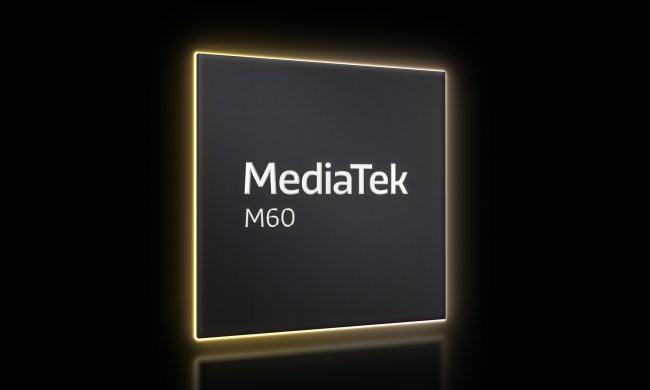“Snapdragon” has been synonymous with high-end smartphones for several years. People may not really know what chip their phone runs on, or what the numbers mean, but they likely know that it’s powered by a Snapdragon. Qualcomm, which makes the expansive range of chipsets, is acknowledging the strength of the brand with a shift in the product line. Moving forward, the company is dropping its own name from the chips to let “Snapdragon” stand alone.

That’s just the start. Qualcomm is also simplifying the (frankly confusing) range numbering system, moving to “a single-digit series and generation number, aligning with other product categories — starting with our newest flagship Snapdragon 8-series platform.” There are dozens upon dozens of Snapdragon chips that follow what — from an outside perspective — feels like no rhyme or reason. Moving to a single-digit naming system is absolutely an improvement.
Qualcomm is also, somewhat surprisingly, removing “5G” from chipsets branding moving forward. Even though the company has been crucial in the development of 5G technology and the subsequent hype machine around upgrading phones to get it, every chip it makes now includes 5G — so it isn’t a differentiator anymore. You simply know that “Snapdragon” means you’re getting high-end 5G networking by default.
There’s a visual component to this whole branding change as well, though Qualcomm isn’t yet ready to show it. We know that there will be a new range of colors that match the tiers of chips, with gold now being reserved for the highest-end offerings. But there isn’t much else to say until we can actually see it all laid out.
We’ll be able to see how this all comes together next week, when Qualcomm rolls out a bevy of announcements during its Snapdragon Tech Summit event. The company is expected to once again announce a new flagship chip for smartphones, as well as chips for laptops and potentially further enhancements in imagining and networking technology.



